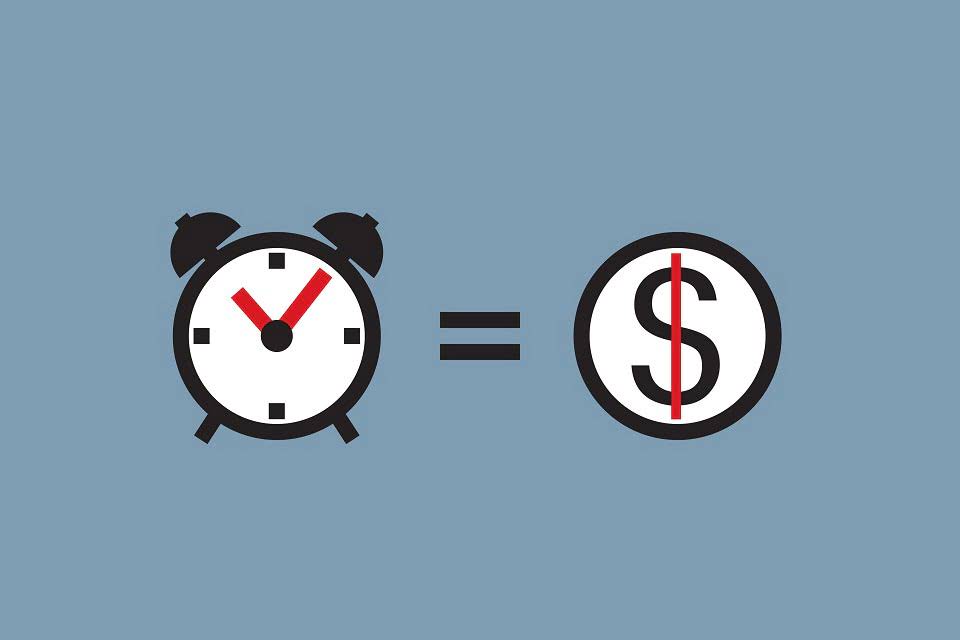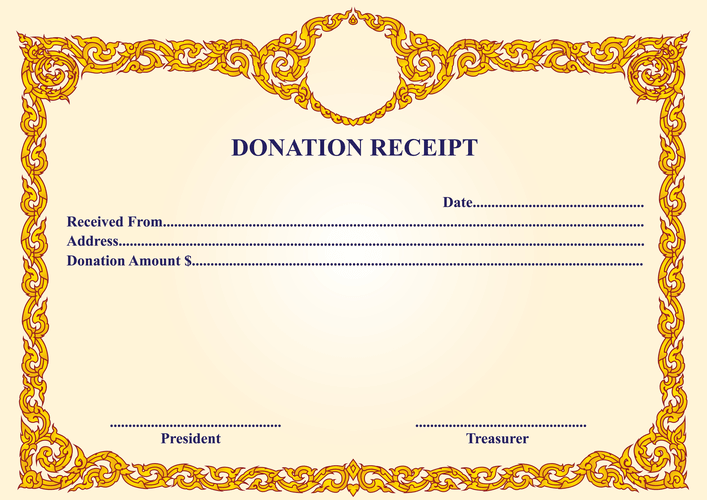
How often your company books adjusting journal entries depends on your business needs. Once a month, quarterly, twice a year, or once a year may be appropriate intervals. If you intend to use accrual accounting, you absolutely must book these entries before you generate financial statements or lenders or investors. However, in practice, revenues might be earned in one period, and the corresponding costs are expensed in another period. Also, cash might not be paid or earned in the same period as the expenses or incomes are incurred.

Accrue means “to grow over time” or “accumulate.” Accruals are adjusting entries that record transactions in progress that otherwise would not be recorded because they are not yet complete. Because they are still in progress, but no journal entry has been made yet. Adjusting entries are made to ensure that the part that has occurred during a particular month appears on that same month’s financial statements. In accrual accounting, revenues and the corresponding costs should be reported in the same accounting period according to the matching principle. The revenue recognition principle also determines that revenues and expenses must be recorded in the period when they are actually incurred.
What Is an Adjusting Journal Entry?
The adjusting entry for an accrued expense updates the Wages Expense and Wages Payable balances so they are accurate at the end of the month. Since the firm is set to release its year-end financial statements in January, an adjusting entry is needed to reflect the accrued interest expense for December. The adjusting entry will debit interest expense and credit interest payable for the amount of interest from https://www.bookstime.com/ December 1 to December 31. Recording transactions in your accounting software isn’t always enough to keep your records accurate. If you use accrual accounting, your accountant must also enter adjusting journal entries to keep your books in compliance. By recording these entries before you generate financial reports, you’ll get a better understanding of your actual revenue, expenses, and financial position.

The adjusting entry ensures that the amount of taxes expired appears as a business expense on the income statement, not as an asset on the balance sheet. Professionals such as physicians
and lawyers and some relatively small businesses may account for
their revenues and expenses on a cash basis. The cash basis
of accounting recognizes accrual to cash adjustment journal entry revenues when cash is received
and recognizes expenses when cash is paid out. For example, a
company could perform work in one year and not receive payment
until the following year. Under the cash basis, the revenue would
not be reported in the year the work was done but in the following
year when the cash is actually received.
Chapter 4: Completing the Accounting Cycle
When a transaction is started in one accounting period and ended in a later period, an adjusting journal entry is required to properly account for the transaction. In general the following cash to accrual conversion formulas can be used to convert each revenue and expense income statement account from the cash basis to the accrual basis of accounting. At the end of the month 1/12 of the prepaid rent will be used up, and you must account for what has expired. After one month, $1,000 of the prepaid amount has expired, and you have only 11 months of prepaid rent left. In addition, on your income statement you will show that you did not use ANY rent to run the business during the month, when in fact you used $1,000 worth. At the end of the month 1/12 of the prepaid insurance will be used up, and you must account for what has expired.
Accrued Expense: What It Is, With Examples and Pros and Cons – Investopedia
Accrued Expense: What It Is, With Examples and Pros and Cons.
Posted: Sat, 25 Mar 2017 23:30:02 GMT [source]
An accrued expense is an expense that has been incurred (goods or services have been consumed) before the cash payment has been made. Examples include utility bills, salaries and taxes, which are usually charged in a later period after they have been incurred. When posting any kind of journal entry to a general ledger, it is important to have an organized system for recording to avoid any account discrepancies and misreporting. To do this, companies can streamline their general ledger and remove any unnecessary processes or accounts. Check out this article “Encourage General Ledger Efficiency” from the Journal of Accountancy that discusses some strategies to improve general ledger efficiency. According to GAAP, the cash-basis method of accounting is unacceptable.
